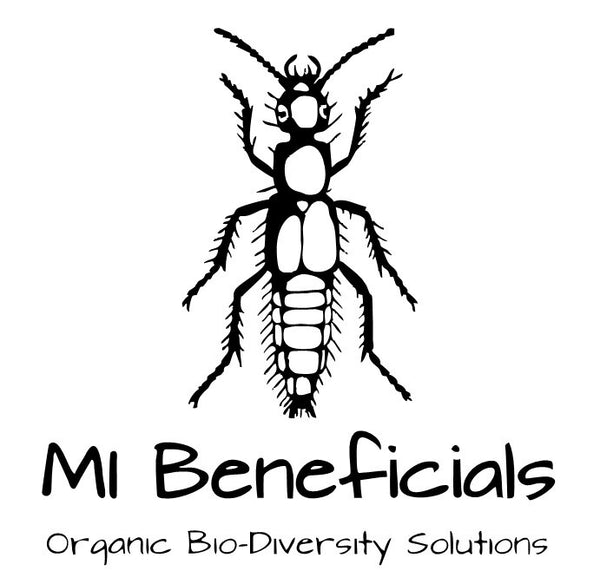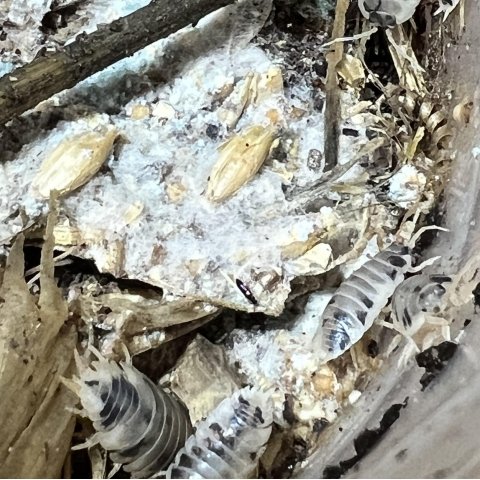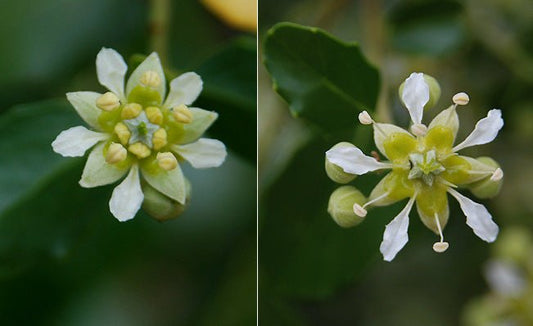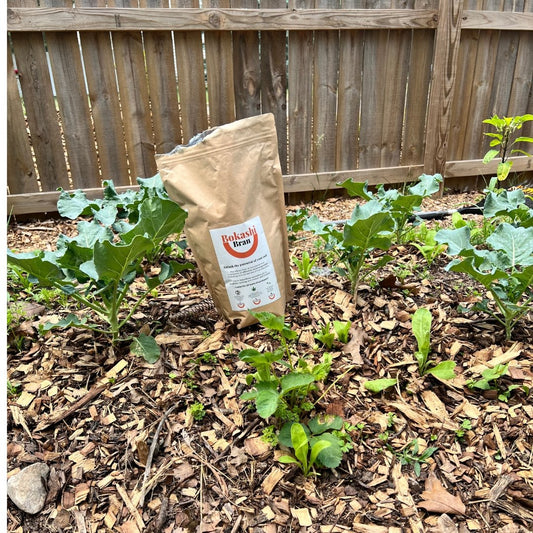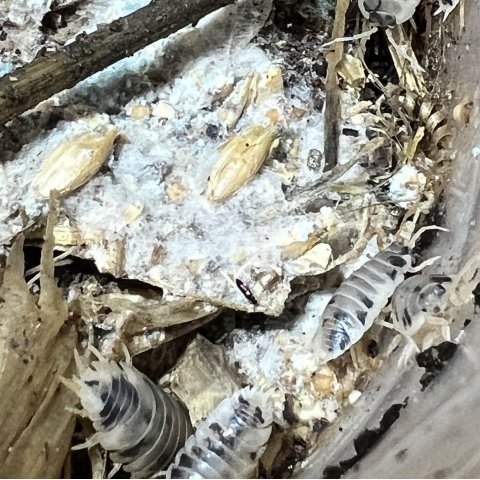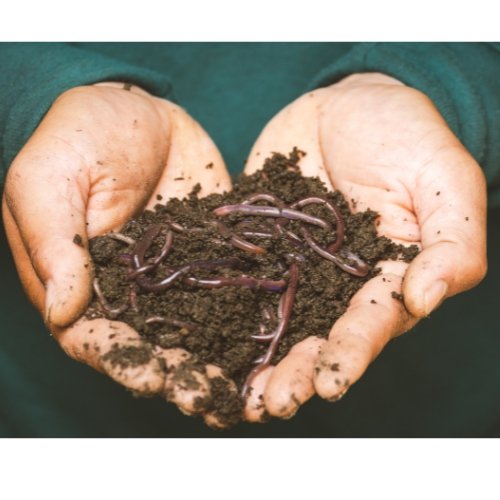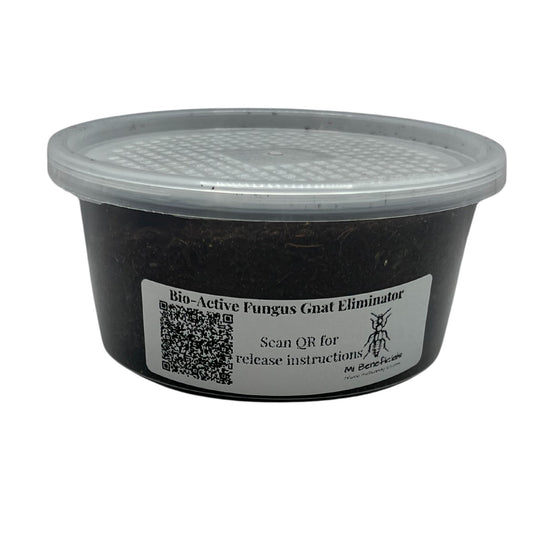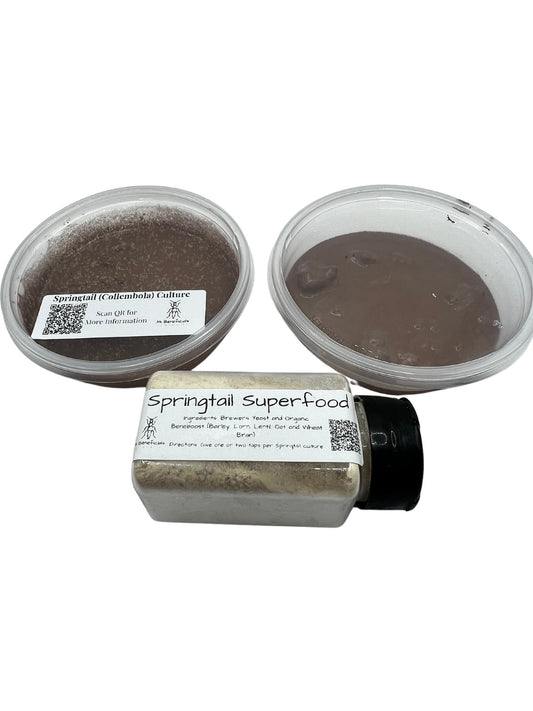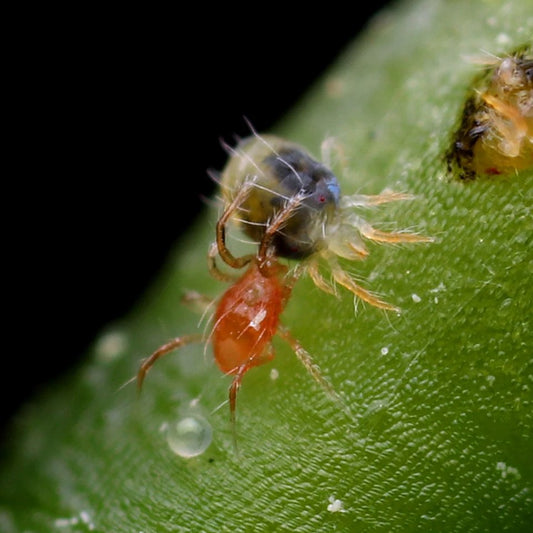Updated 4/10/2023
In order to get the most out of your Bio-Diversity Pack it is important to understand what is in them, how they work, how to release them, and how much to release in your terrarium, vivarium, reptile enclosure or any other bio-active habitat you may have. This guide should help you better understand the true benefits of this amazing and unique bio-active product.
The purpose of these packs is to eliminate fungus gnats, help to clean-up the waste products in your enclosure, improve your overall soil health and prevent potential pests such as the soil stages of thrips and root aphids.
What Species are Contained
Dalotia coriaria (Rove Beetle)
Stratiolaelaps scimitus (Hypoaspsis miles)
Springtails (Collembola)
How They Work
When applied in an active gnat infestation, they tend to take several weeks to establish a population big enough to make a dent. Once rove beetles, and Stratiolaelaps scimitus (Hypoaspis miles) enter their new homes, they immediately start eating the larvae of fungus gnats which tends to be the biggest pest issue in Bio-Active substrates. Rove Beetles and Stratiolaelaps scimitus (Hypoaspis miles) have also been shown to be effective in defending against thrips as well as root aphids.

While the rove Beetle takes a few weeks to reproduce and establish, the predatory Stratiolaelaps scimitus (Hypoaspis miles) tend to start hunting right away due to their shorter reproductive cycle and because there are enormous populations in each pack.

While the predators are establishing themselves in your enclosure, the Oribatid mites, Springtails and Enchytraeidae (pot worms) provide a population boom for enhanced competition to those gnats, quicker nutrient cycling and assisting in keeping a balance of beneficial bacteria and fungi.
The balance of these species, which is intended to be an extension of natures balance, is truly the key to how effective they are in gnat control. Furthermore, the balance is what will help keep your bio-active enclosure clean and odor-free.
How to Release
Our Bio-Diversity packs come packaged in a worm casting/coco coir blend along with decomposing pieces of Beneboost (Our awesome soil amendment). We package them this way so they are able to sustain during shipping and also because the pieces of food act as a reproduction base for the beneficials in their new habitat.
Since the decomposing Beneboost can have a bit of an odor, we recommend wearing a glove and placing the Beneboost pieces in 2-3 centralized locations evenly throughout your container.
Where to Release
Our Bio-Diversity soil insect packs should be released in the center of each container or in larger containers, in 2-3 different centralized location. If there is an existing pest condition, it is best to locate the areas with highest activity and release beneficial insects in that spot. The beneficial insects will start establishing wherever you place them, but over time they will grow in population and expand over your entire grow space.
When To Expect Results
The visible result is the diminishing gnat populations which generally come when the populations of your beneficial, predator species (rove beetle and hypoaspis) are able to go through at least one reproduction cycle. Hypoaspis take roughly 11-14 days to complete one cylcle and rove beetles take approximately 4 weeks.
The key to quicker results is to follow this guide for success. It is important to minimize anything that could be exacerbating pest issues and to allow these predators time to take control.
How to Maintain Your Populations
The beauty of this product is that it is regenerative. What that means is the species contained have the ability to assume their natural lives in your indoor garden. Their life and dynasty will continue in your soil as long as you keep it alive by staying moist. In order for them to be successful they need something to eat and somewhere to live.
We recommend the following as tips for long-term success:
1. Keep them fed with organic matter. We practice chop and drop defoliation which will provide a perpetual mulch layer and food source. In addition to defoliation, we feed our soil Beneboost monthly. This is a fungal dominant seed meal and grain amendment that we make which provides an optimal diet to those soil organisms and will help them flourish.
2. Keep your soil moist, even when there is no plants in your containers. We also recommend maintaining a cover crop between cycles and you can even continue to run your light on 12/12 at very low light. These bugs will continue to thrive in the dark, but keeping a bustling ecosystem is just ideal across the board.
3. Keep a good mulch layer. This does not have to be straw, wood chips or rice hulls. The best mulch layer is the defoliated material you leave in your beds. When there is an absence of defoliation, straw is ideal.
Read More About These Key Soil-Based Beneficial Insects
- Oribatid Mites (Oribatida)
- Rove Beetles (Dalotia coriaria)
- Stratiolaelaps scimitus (Hypoaspis miles)
- Springtails (Collembola)
- Red Wiggler Worms (Eisenia Fetida)
- Enchytraeidae (Pot Worms)
Checkout These Helpful Guides
- How To Release Your Living Soil Bio-Diversity Pack
- How To Manage Grey Potato Bugs in Living Soil Containers
- How to Make Sprouted Seed Tea with Blue Corn
- How To Use Coconut Powder in the Garden
- How to Use Aloe in the Garden
